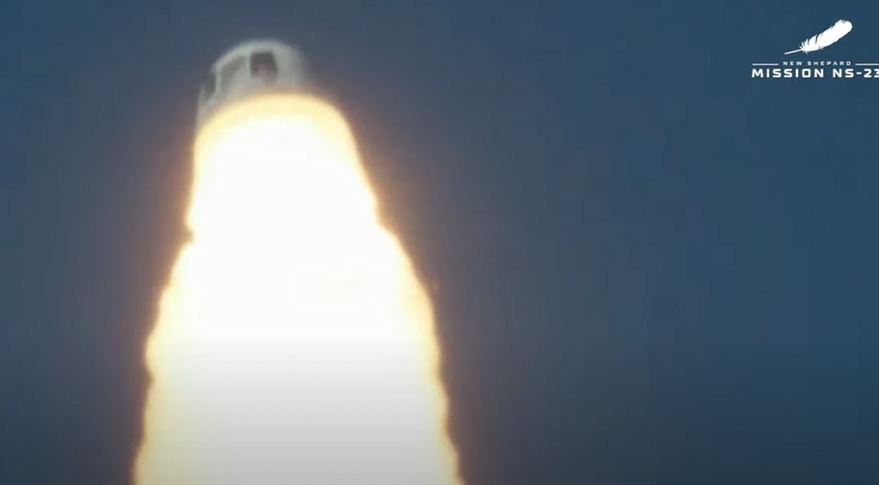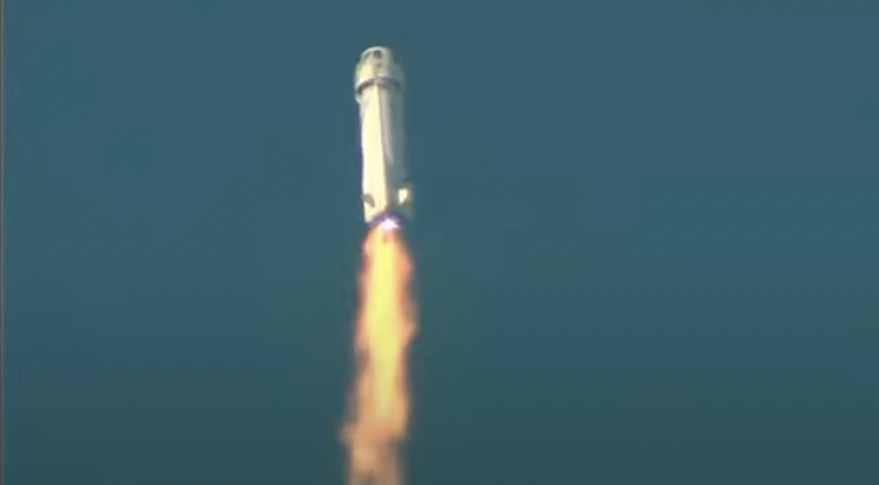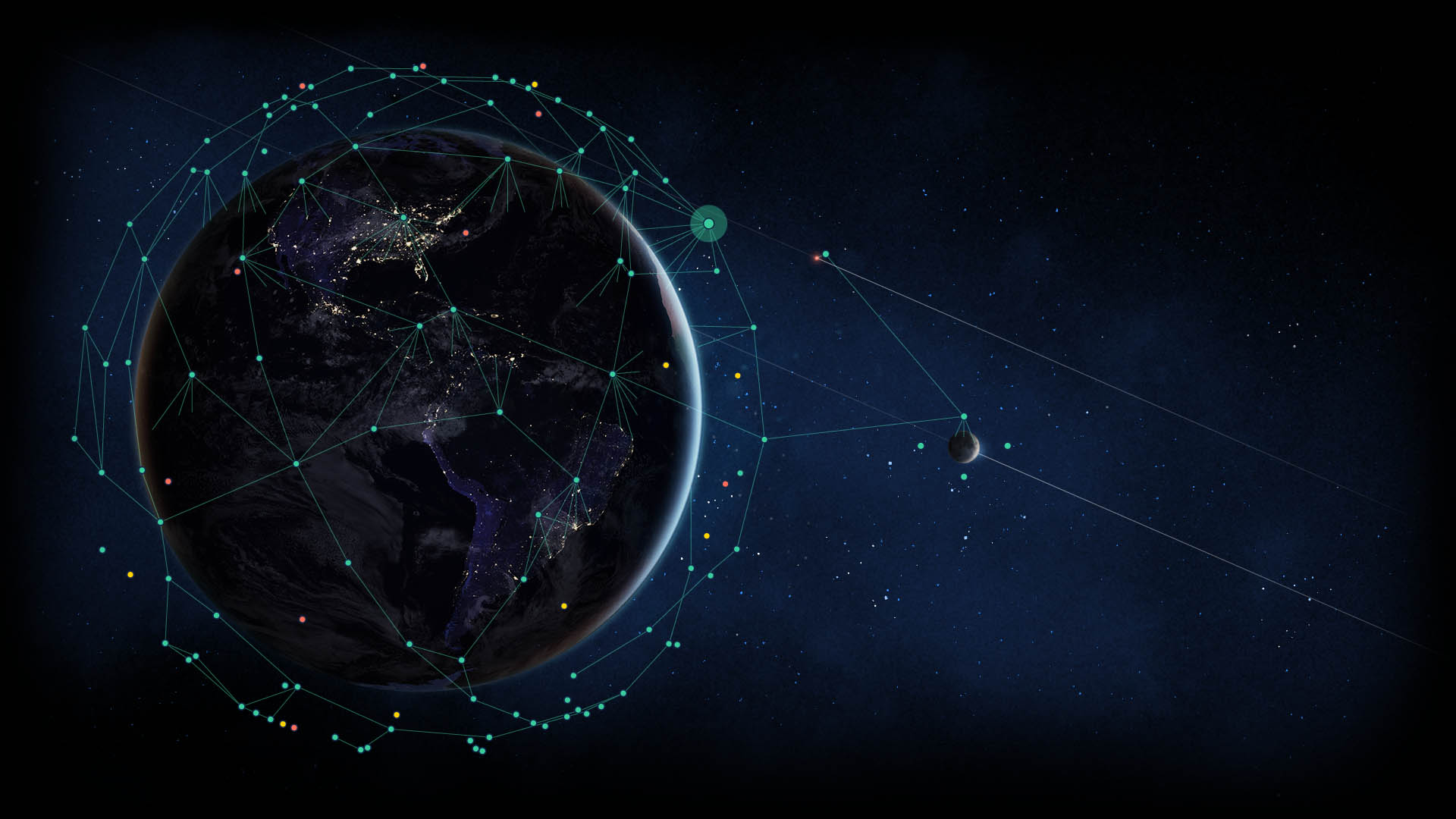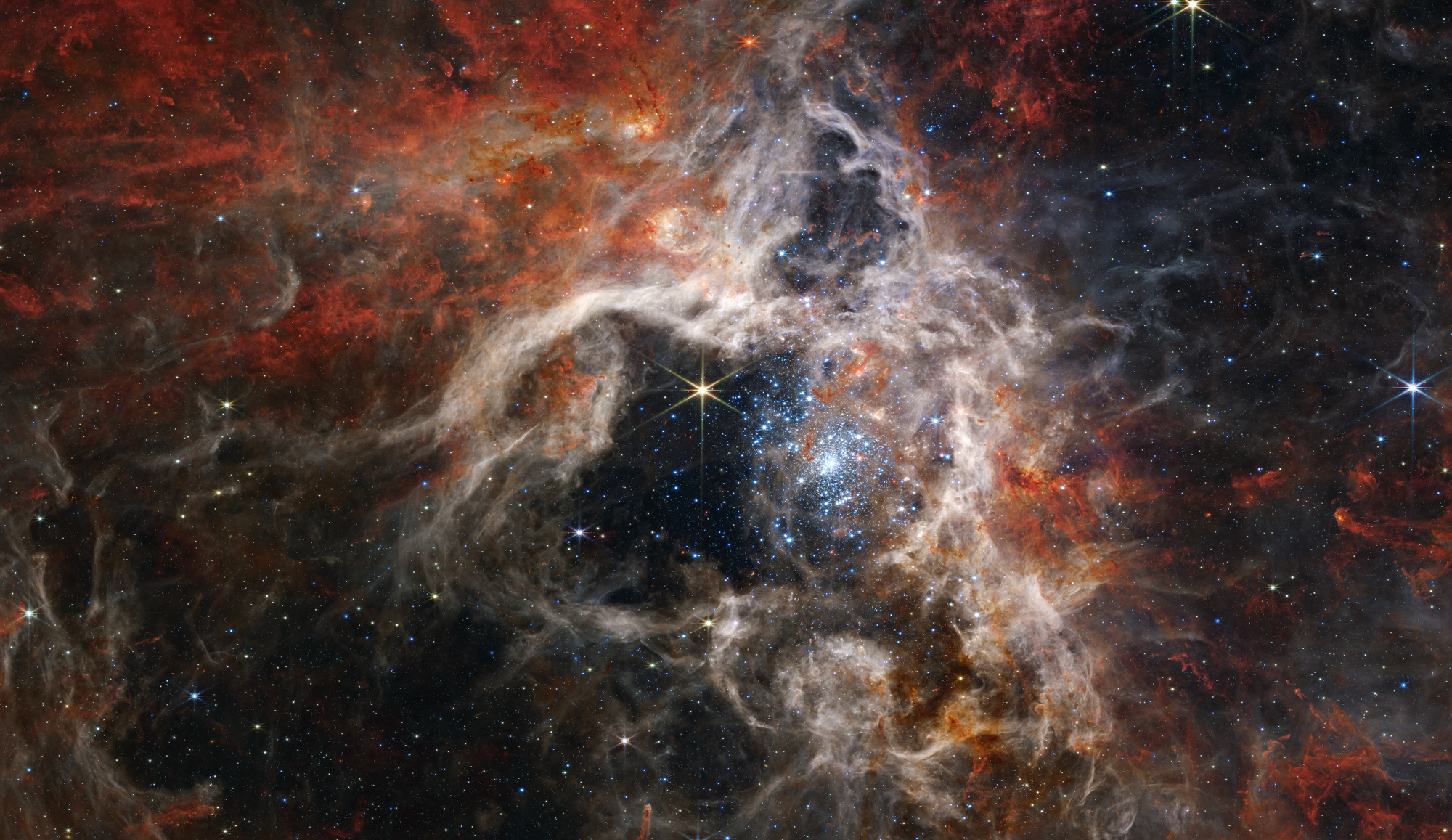New Shepard suffers in-flight abort on uncrewed suborbital flight
Original Publication Date: 2022-09-12 15:18

Blue Origin's New Shepard suborbital vehicle suffers in-flight abort a minute after liftoff. Capsule filled with payloads but not people fires its launch abort motor and parachute to a safe landing. Capsule reached a peak altitude of about 11.4 kilometers, then descended, deploying drogue and main parachutes.
NASA science head to step down
Original Publication Date: 2022-09-14 11:48

NASA associate administrator Thomas Zurbuchen to resign by the end of the year. He had served in that role since October 2016. Zurbuchen won praise from scientists and others in the space community. He shepherded development of established programs while starting new initiatives.
Blue Origin says still “super early” into New Shepard launch failure investigation
Original Publication Date: 2022-09-14 08:31

Blue Origin executive says it's too soon to conclude what caused New Shepard failure. Speculation has focused on a potential problem with the vehicle’s BE-3 engine. The capsule landed safely, and Blue Origin later confirmed the booster was destroyed. Blue Origin plans to use a version of the BE-3 on the New Glenn orbital rocket.
Investors take long-term view of space industry amid near-term challenges
Original Publication Date: 2022-09-14 04:19

Despite near-term headwinds, executives and investors remain bullish about space industry's long-term prospects. Panel at World Satellite Business Week conference acknowledged a decline in enthusiasm for space investment in last year. More recently, there are warning signs in terms of the amount of capital raised and valuations of companies.
Wireless communications startup repurposes technology from Google’s balloon internet project
Original Publication Date: 2022-09-13 21:03

Aalyria Technologies emerged from stealth mode Sept. 13. It plans to provide high-speed internet using software and networking technology from Google. Aalyria won an $8 million contract from the Defense Innovation Unit to prototype a hybrid communications network. The idea of connecting networks from different domains appeals to the Defense Department.
NASASpaceFlight.com
The SSLV or Small Satellite Launch Vehicle conducted its launch debut from Sriharikota, India on Sunday, August 7 at 03:48 UTC. The SSLV program’s genesis was a December 2015 National Institute of Advanced Studies proposal to create a “Small Satellite Launch Vehicle-1” to launch small national security payloads on demand.
Commercial Archives
A SpaceX Falcon 9 Block 5 carrying 54 Starlink satellites is now targeted to launch at 9:48 PM EDT on Wednesday, Sept. 14. Unfavorable weather scrubbed an attempt on Tuesday. The booster supporting Starlink Group 4-34 is B1067, which has flown on five previous missions.
International Archives
China has successfully launched a Chang Zheng 7A (CZ-7A), internationally known as the Long March 7A. The launch of the Zhongxing-1E series communications satellite to geostationary transfer orbit (GTO) took place at 13:18 UTC on Sept. 13.
Chinese Long March 3B Launches APStar-6C Communications Satellite – Spaceflight101

China conducted a rare commercial launch of a Long March 3B rocket with the APStar-6C communications satellite for APT Satellite Holdings. Long March 3B lifted off from the Xichang Satellite Launch Center at 16:06 UTC on a mission of under half an hour to lift the spacecraft into an elliptical Geostationary Transfer Orbit. The satellite will deliver VSAT services, video distribution, Direct-to-Home television and high-throughput cellular backhaul.
Blue Origin’s New Shepard Reaches new Heights in latest Test Flight – Spaceflight101

Blue Origin's reusable New Shepard launch system reached new heights in a test designed to expand the vehicle’s operational envelope by sending it to a peak altitude of 107 Kilometers. Sunday’s flight marked the second for this particular set of hardware, following up on the successful December 2017 mission that debuted “Crew Capsule 2.0”
ISS Updates – Spaceflight101 – International Space Station

A veteran NASA spacewalker and an EVA rookie from Japan ended their week with nearly six hours of work outside the International Space Station. The restoration of the Station’s Mobile Servicing System started last year and continued in January to provide Canadarm2 with a new pair of grappling hands.
Featured – Spaceflight101

SpaceX Falcon 9 took to the skies over Florida’s Cape Canaveral Monday afternoon. The flight-proven Dragon spacecraft will deliver science gear, supplies and maintenance hardware to the International Space Station. It is the first of at least six cargo ships inbound to the U.S. Segment of ISS this year.
News – Spaceflight101

Europe's Copernicus satellite fleet is gearing up for the arrival of its next addition on Wednesday. A Russian Rockot booster set to blast off from the Plesetsk Cosmodrome at 17:57 UTC with the Sentinel-3B multi-function satellite.
Re-Entry: Long March 11 Rocket Body – Spaceflight101

The CZ-11 fourth stage used leftover propellant for a partial de-orbit maneuver, lowering its perigee to 120 Kilometers to significantly accelerate its orbital decay. It is reportedly built around a YF-50 main engine and conducts the orbital circularization after the three CZ-11 stages finish their job.
NASA to Host Briefing on Perseverance Mars Rover Mission Operations

The briefing will be streamed on NASA Television, Twitter, Facebook, and YouTube. Questions can be asked on social media during the briefing using #AskNASA. Perseverance marks the first step in the Mars Sample Return campaign, which would return scientifically promising samples to Earth for further study.
NASA’s AIRS Instrument Records Typhoon Hinnamnor Before Landfall

Airlines provides data that is improving weather forecasts and advancing our understanding of Earth’s climate. AIRS, launched in 2002, was the first instrument to reveal the 3D distribution of rain within tropical storms like Hinnamnor. With more than 2,000 channels sensing different regions of the atmosphere, the system creates a global, 3D map of atmospheric temperature and humidity.
A Cosmic Tarantula, Caught by NASA’s Webb

The Tarantula Nebula is interesting to astronomers because it has a similar type of chemical composition as the gigantic star-forming regions observed at the universe’s “cosmic noon. Webb will provide astronomers the opportunity to compare and contrast observations of star formation in the Tarantula Nebula with the telescope’s deep observations of distant galaxies.
NASA’s Webb Takes Its First-Ever Direct Image of Distant World

Astronomers have used NASA’s James Webb Space Telescope (JWST) to take a direct image of a planet outside our solar system. The exoplanet is a gas giant, meaning it has no rocky surface and is not habitable. The finding is detailed in NASA’s latest JWST blog entry.
Explore the Solar System With NASA’s New-and-Improved 3D ‘Eyes’

Learn the basics about dwarf planets or the finer points of gas giants. Ride alongside no fewer than 126 space missions past and present. Scroll through rich interactive journeys, including Voyager’s Grand Tour of Jupiter, Saturn, Uranus and Neptune. You can rotate objects, compare them side by side, and even modulate the perspective as well as the lighting.
Engineers Solve Data Glitch on NASA’s Voyager 1
Engineers have repaired an issue affecting data from NASA’s Voyager 1 spacecraft. Earlier this year, the probe’s attitude articulation and control system began sending garbled information about its health and activities. The team has since located the source of the garbled information: The AACS had started sending the telemetry data through an onboard computer known to have stopped working years ago.
NASA’s Webb Detects Carbon Dioxide in Exoplanet Atmosphere

Researchers used Webb’s Near-Infrared Spectrograph (NIRSpec) for its observations of WASP-39 b. In the resulting spectrum of the exoplanet’s atmosphere, a small hill between 4.1 and 4.6 microns presents the first clear, detailed evidence for carbon dioxide ever detected in a planet outside the solar system.

